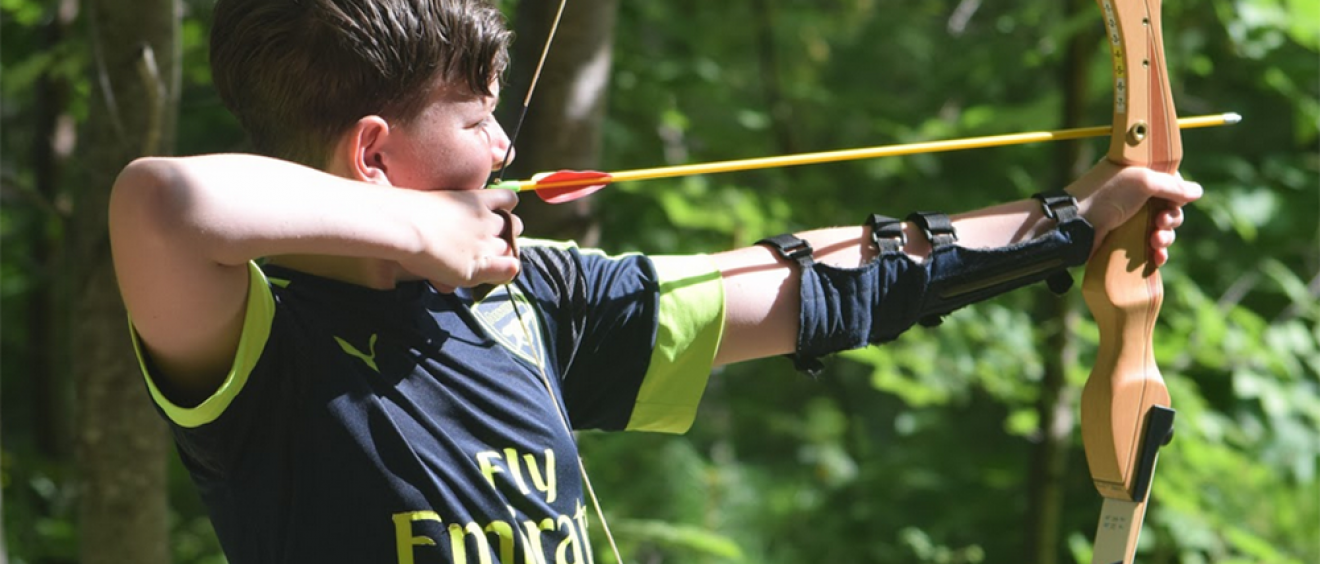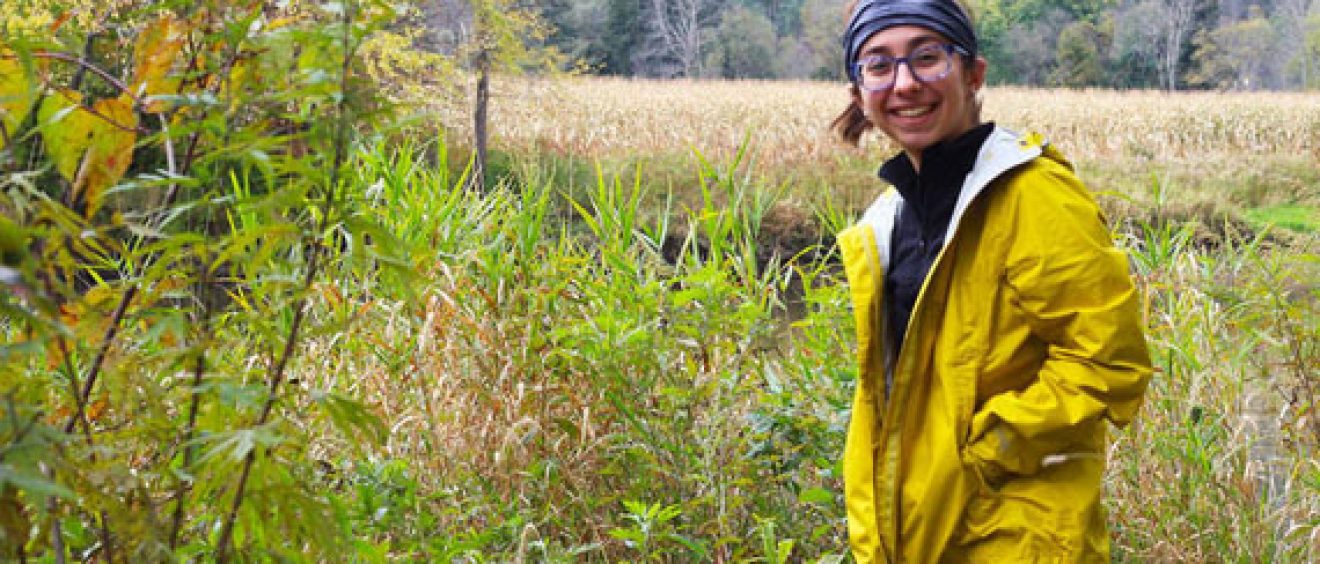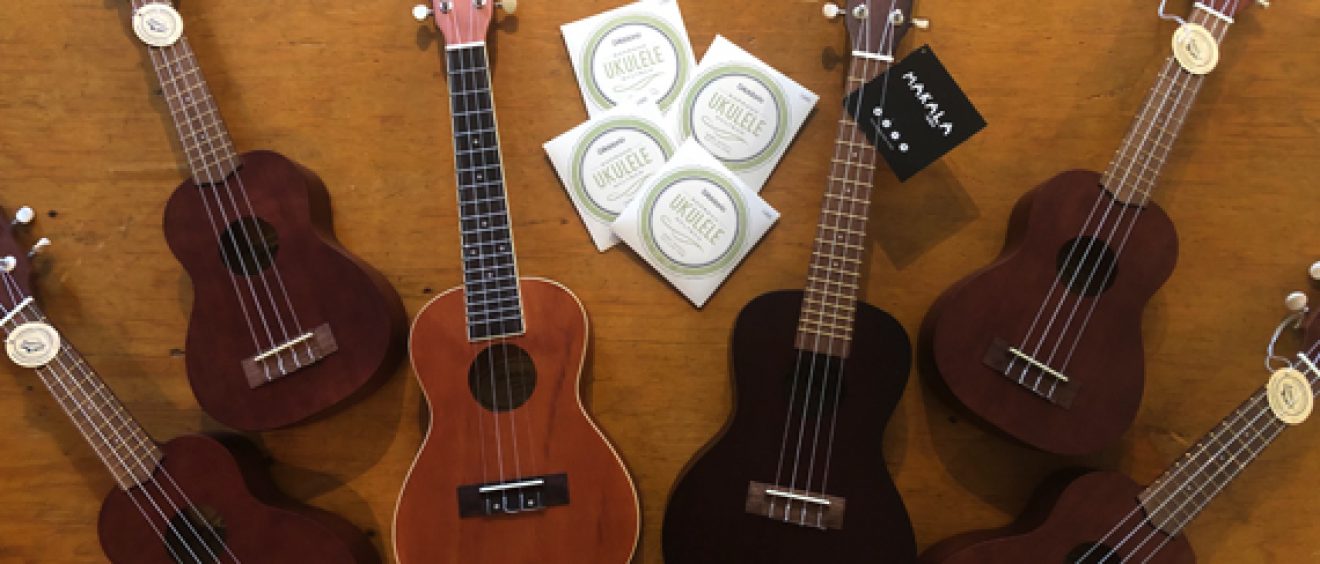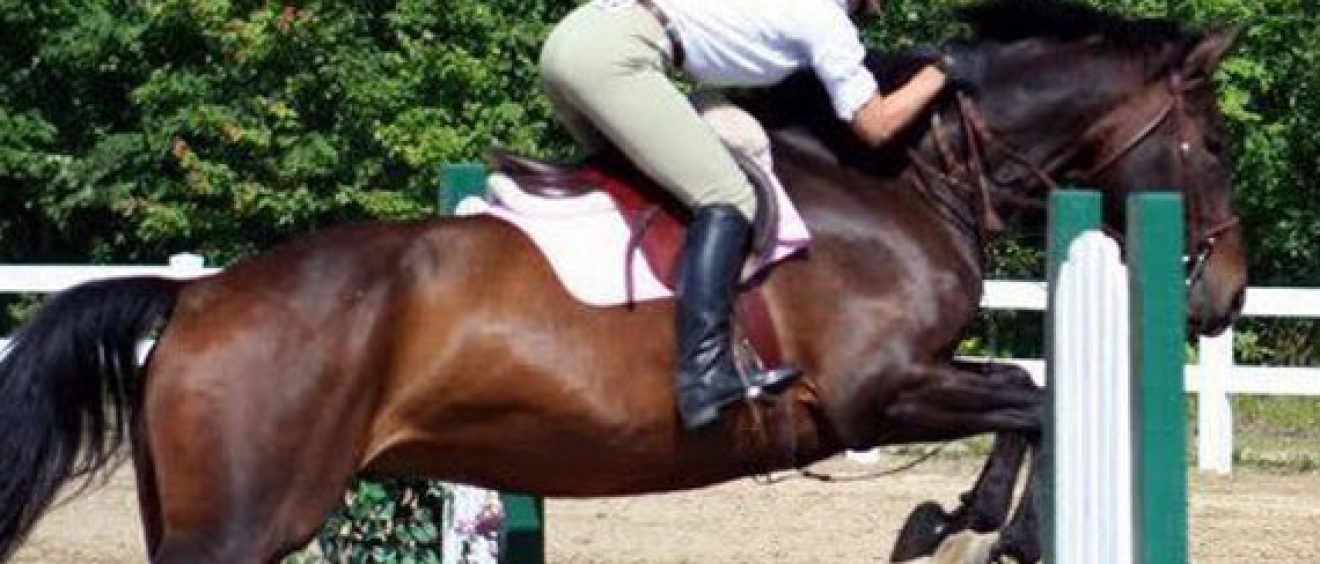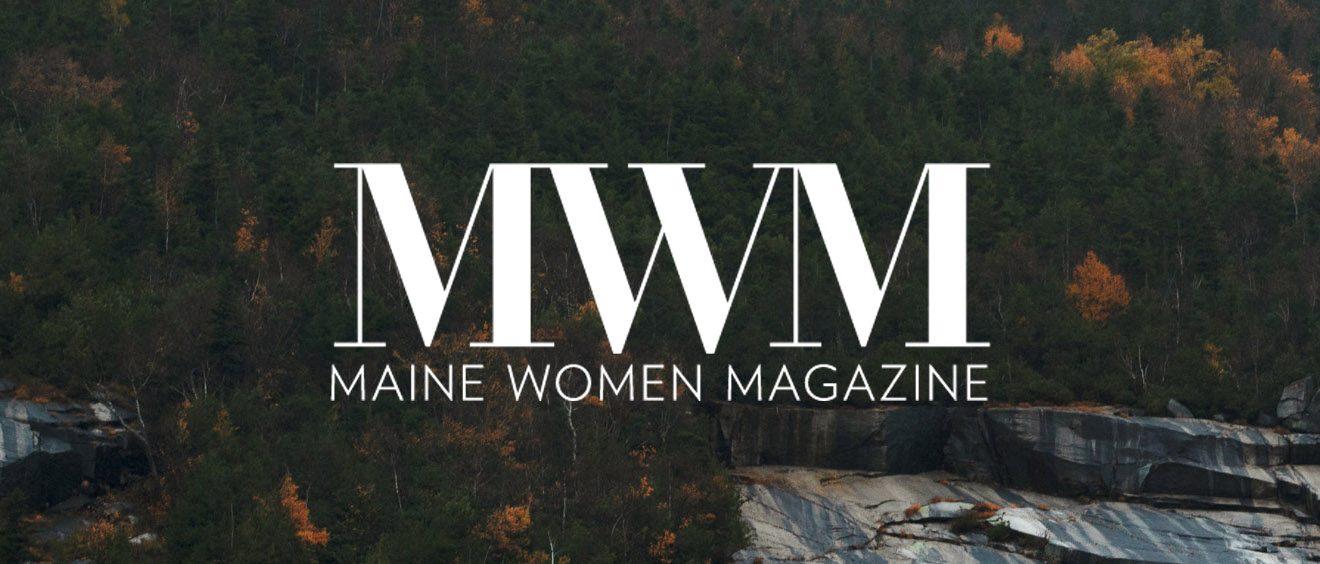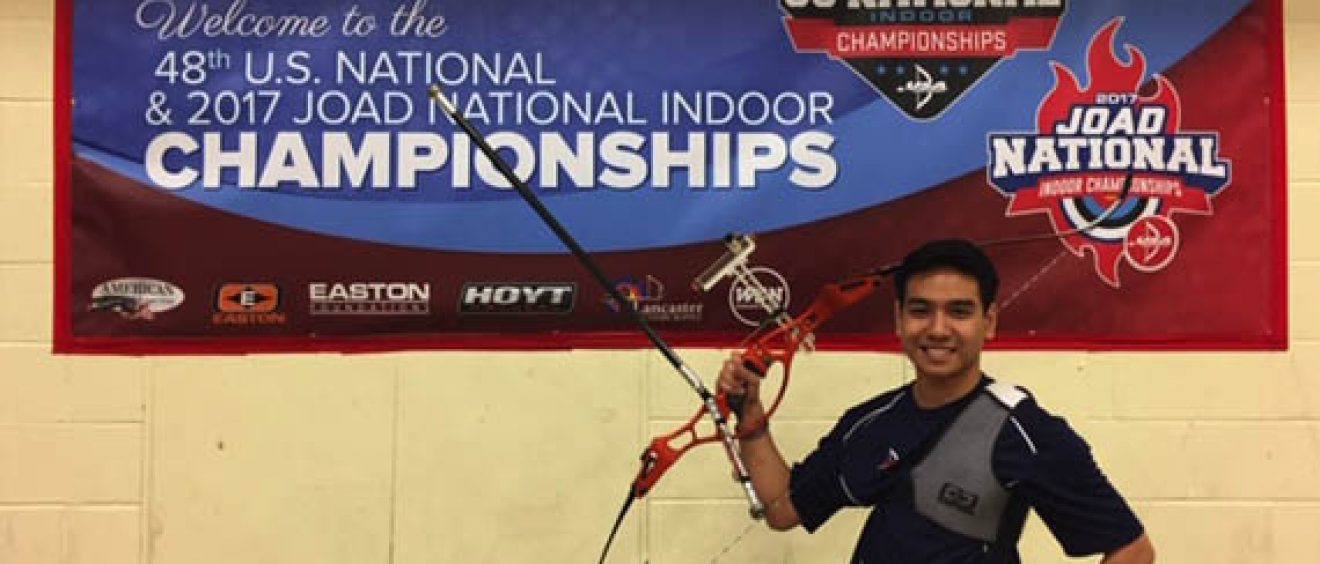[et_pb_section bb_built=”1″][et_pb_row][et_pb_column type=”4_4″][et_pb_text _builder_version=”3.17.6″]
What does S.T.E.A.M. stand for? Science, Technology, Engineering, Art, and Mathematics, all of which can be found embedded into a typical day at camp. S.T.E.A.M. Education is an incredibly important approach to learning. It is also fun as it gives students and campers the opportunity to engage and explore, rather than just sit and listen. This type of learning helps to enhance critical thinking skills and make connections between all disciplines while providing the opportunity to gather evidence and use that evidence to solve problems. This approach offers collaboration and exposes campers to a creative process and different hands-on learning experiences- ALL WHILE ENJOYING THE BEAUTIES OF CAMP!
Science
What do you think of when you think of Science? Take a piece of paper and have someone draw what they think a “scientist” looks like. From experience of this activity, most people have drawn a person with goggles, in a lab coat , crazy hair, lots of chemicals and formulas, mostly resembling Einstein. However, Science is found EVERYWHERE and there are many different types of scientists out there! In broad terms, science is the study of the nature and behavior of natural things. During Science Week at camp we experienced many areas of science such as Physical Science, Chemistry, Physics, Biology, Astronomy and more! Here are some pictures that show the exploration and hands on learning around science at camp!
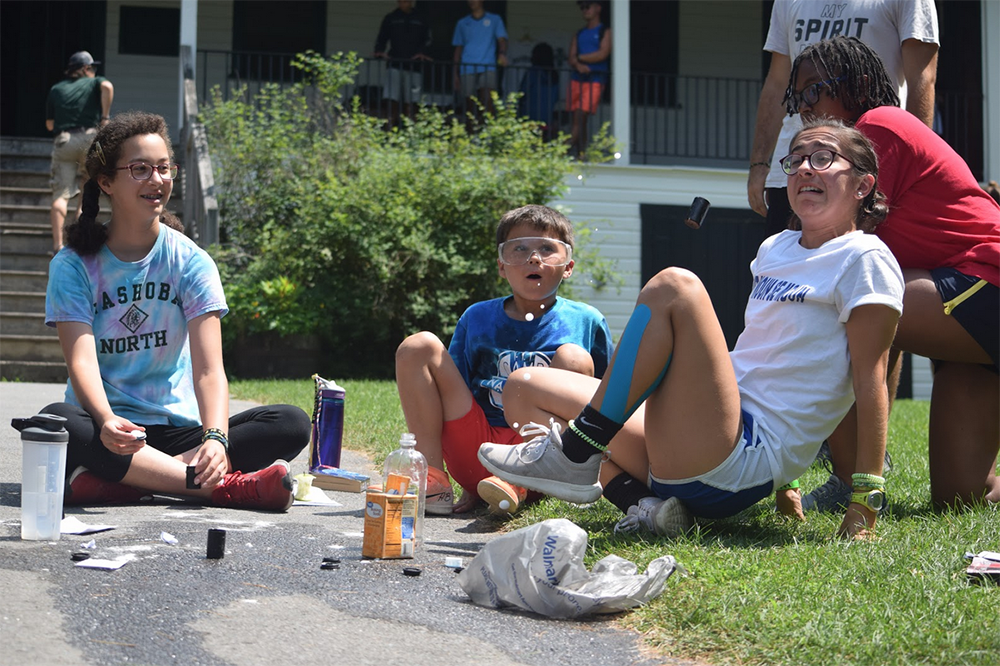
Above: Maggie, teaching campers about film canister rockets! Mix a little bit of baking soda and vinegar in a film canister, and POP, there it goes! WHY? An acidic and a basic solution react chemically, and EXPLODE!
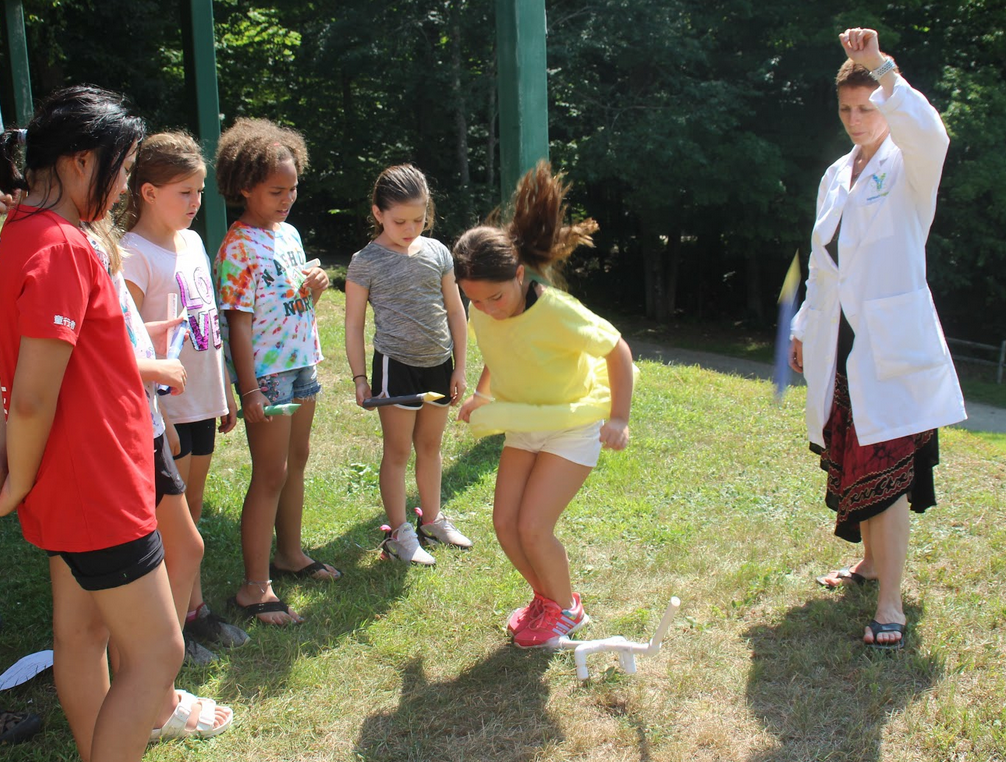
Above: We had a visitor, Dr. G, from High Touch High Tech of Maine, working with campers to launch their Jump Rockets! This is definitely an activity that you can try at home. For a similar exploration of Rockets visit NASA’s Jet Propulsion Laboratory HERE for more information! Have a BLAST!
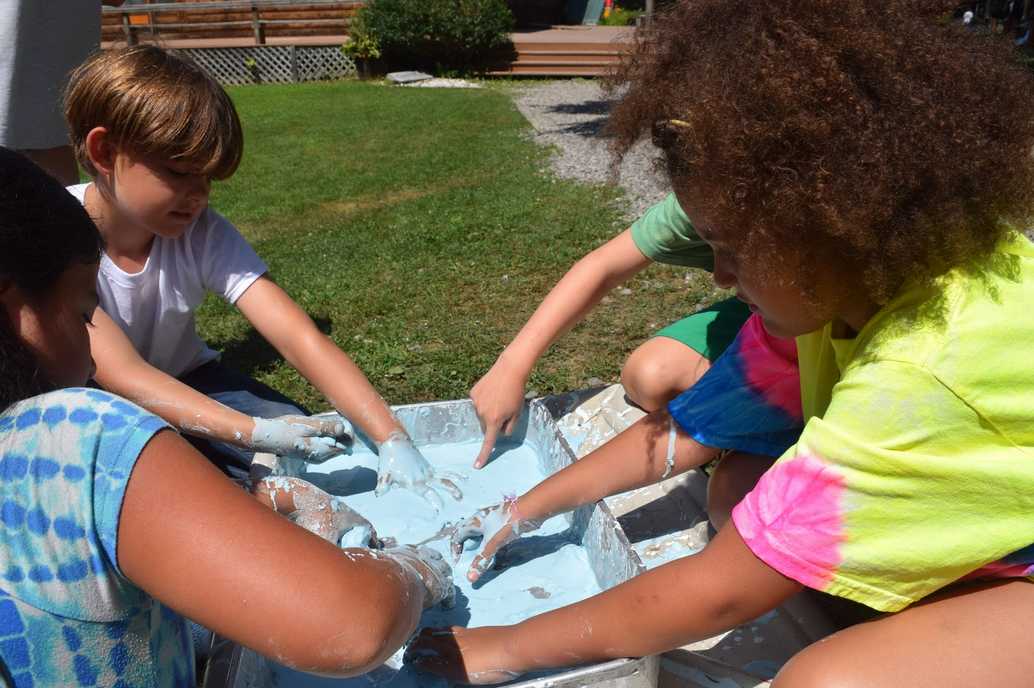
Above: It’s a SOLID… It’s a LIQUID… It’s OOBLEK! We studied Earth Science as campers explored the States of Matter! Ooblek is considered a non-newtonian substance that is a solid-like substance when resting, and a liquid-like substance when you pick it up. Easy to make at home, and fun! Click the link above for ingredients and directions.
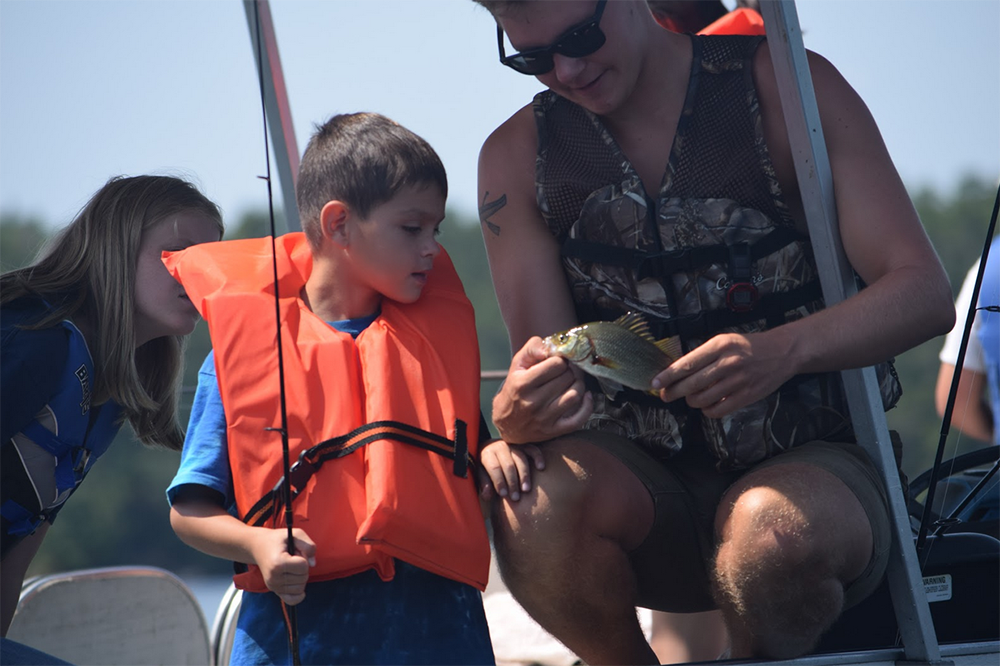
Above: The study of Biology- a natural science that studies different aspects of life and living organisms. At Camp you can find Species Analysis with Sam at fishing!
Technology
What do you think of when you hear the word “Technology”? Maybe it’s your phone, computer, or television. Technology is actually all around us and things we take for granted today were once the forefront of tech! At Nashoba many activities we do for fun were at one point revolutionary technological innovations.
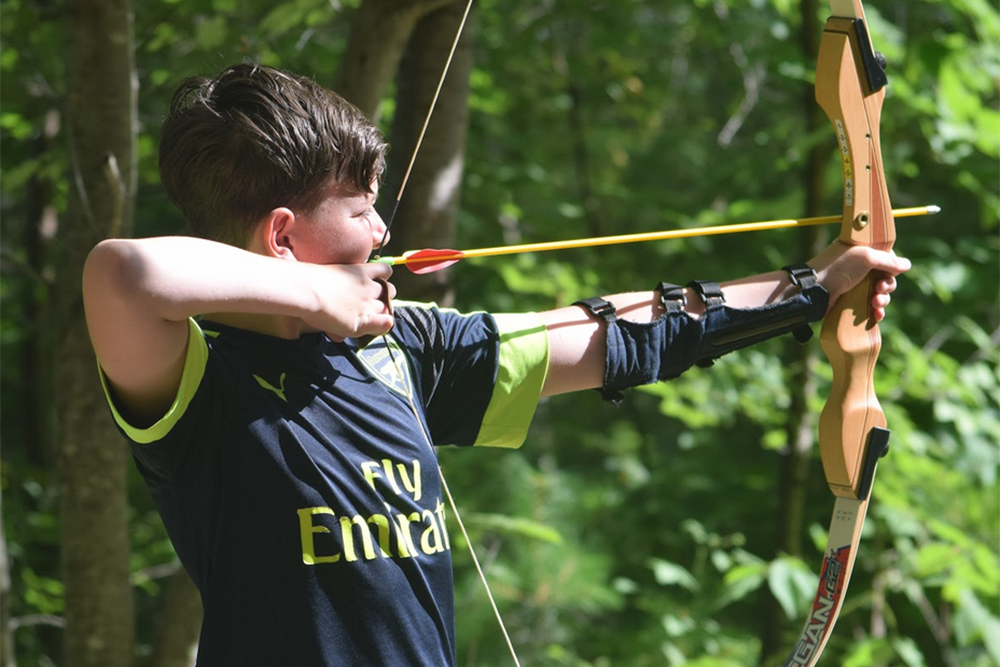
While you may not think much of the modern day impact of archery, the composite recurve bows we use on camp were once the forefront of technological innovation. Some time in the 13th century, the Mongolian Empire learned that by piecing together bows from different materials, they could create a more efficient piece of equipment that could be used on horseback. This new type of bow helped the Mongolian Empire to grow to be the largest empire the world has ever seen.
Below: Technology can be used to create Art as well! In this photo you can see weaving instructor Andres standing in front of a loom. A loom is a device used to weave traditional pieces like the one he is holding. While smaller at Nashoba, if you sign up for weaving classes you’ll be able to use a loom as well!
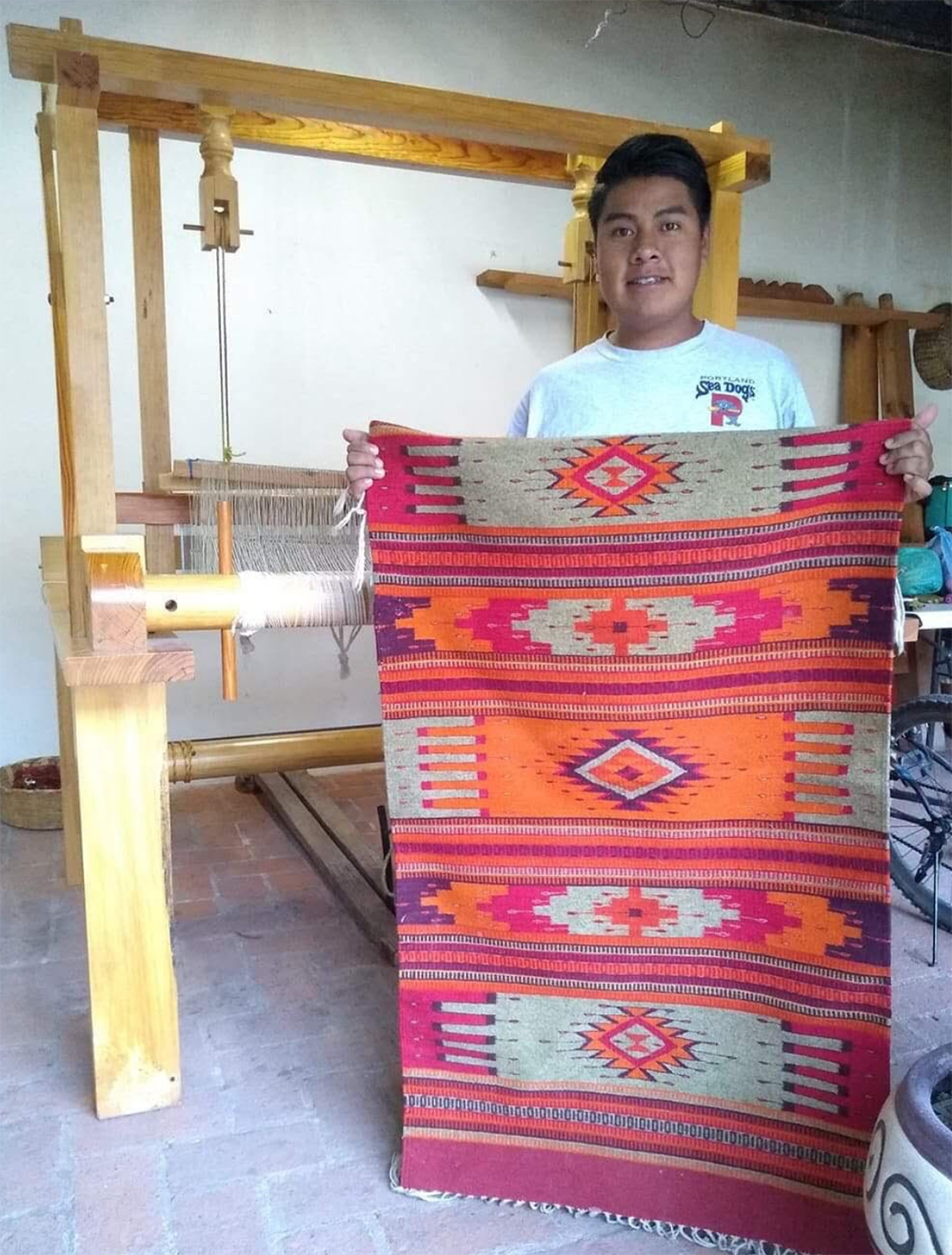
There are countless other examples of technology on camp. Things as simple as a shovel and as complex as the Malibu ski boat are both examples of inventions that were at one point (and some still) the forefront of modern technology.
Engineering
When you think of Engineering you may think of things like building bridges, buildings, big trucks and other larger-than-life projects. The reality is that engineering exists on all scales from big to small to even smaller. Engineering is simply the use of one or more of the other tenets of STEAM to solve a problem! On camp engineering exists in almost every activity we do!
A big and complex example of engineering on camp is this past summer’s team build project. Everyone who signed up to work on the trebuchet with Will and Ian knows just how much different work went into the build. There was both simple (measuring the length of the arm) and complex (calculating how long the arm should be) math. There was the use of various different kinds of technology (saws, drills, etc.). There were scientific theories (gravity, lever action) and lastly, woodworking is one of the many art forms found on camp! As you can see, this engineering project truly is the ultimate STEAM build.
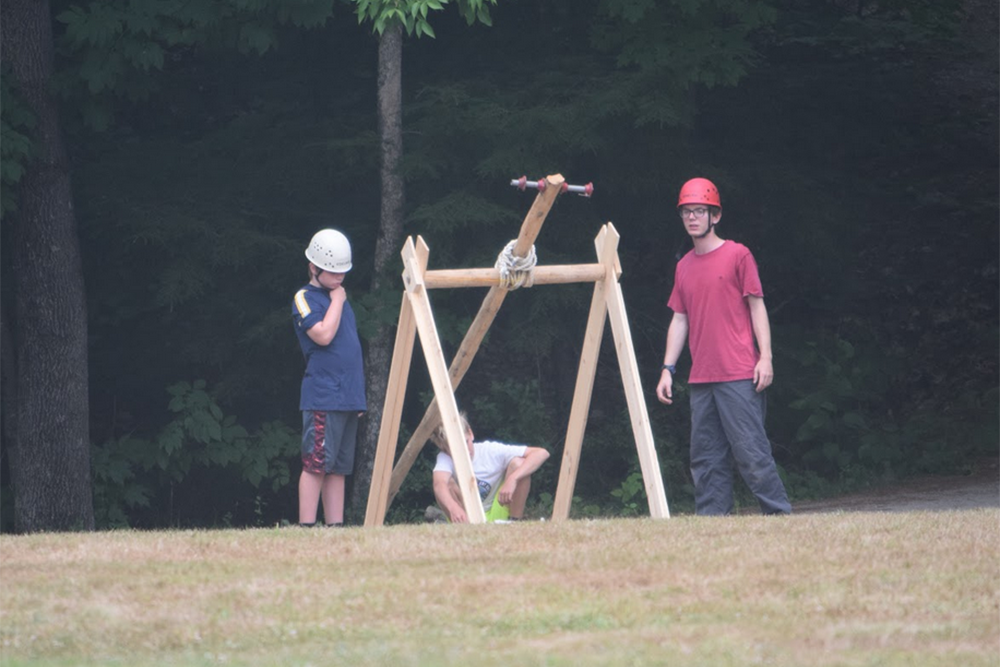
Another, smaller scale example of engineering on camp was our egg drop competition during science week. This project had campers design and build a device to allow an egg to safely drop from the porch of the rec hall to the ground below. While it may not have seemed like it at the time, campers needed to use their knowledge of the structure of an egg (science) to design a device (technology) that would safely allow it to drop from a height of 15 feet (math). Voila, Engineering!
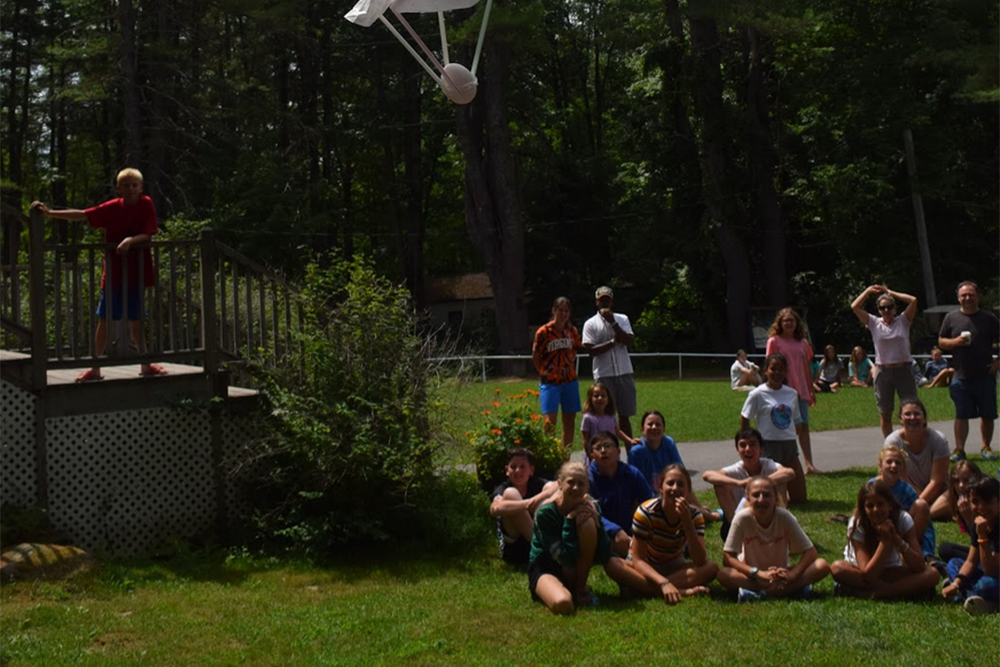
There are even simpler examples of engineering in our everyday life! Have you ever climbed a ladder? Step one is figuring out how high you need to reach and step two is finding the right ladder for the job. Right there you have two different aspects of steam working together to solve the problem of how to reach whatever it is you need!
Art
Art provides the opportunity to express and apply your own creativity and imagination to projects that hold both personal and emotional power. There are so many opportunities at camp to experience the arts and the powers of creativity and expression; both in the visual and performing arts.


Math
Did your math teacher ever tell you that you’ll use math in everyday life? Did you believe them? Here’s the thing, they were right!
If you’ve ever made a batch of cookies or a loaf of bread, how much of each ingredient did you add? How did you measure it? Cooking incorporates math to create the best product at the end! If you use the wrong quantities, your cookies might not come out as expected, or your dough might not rise at all. Then what?

There are many different activities at camp that incorporate math: It is embedded in arts and crafts when measuring strings, counting when creating friendship bracelets and even counting stitches when weaving! Math is also used in dancing! These are some of our favorite everyday activities at camp!
S.T.E.A.M. Education
S.T.E.A.M Education is interdisciplinary, connecting all facets of learning in its approach. This type of learning is embedded within a summer camp experience and gives campers the opportunities to explore, engage in learning, develop their skills, apply their knowledge and ideas, challenge themselves and learn how to problem-solve in their own way. Come experience Your Best Summer, Ever!
[/et_pb_text][/et_pb_column][/et_pb_row][/et_pb_section]

